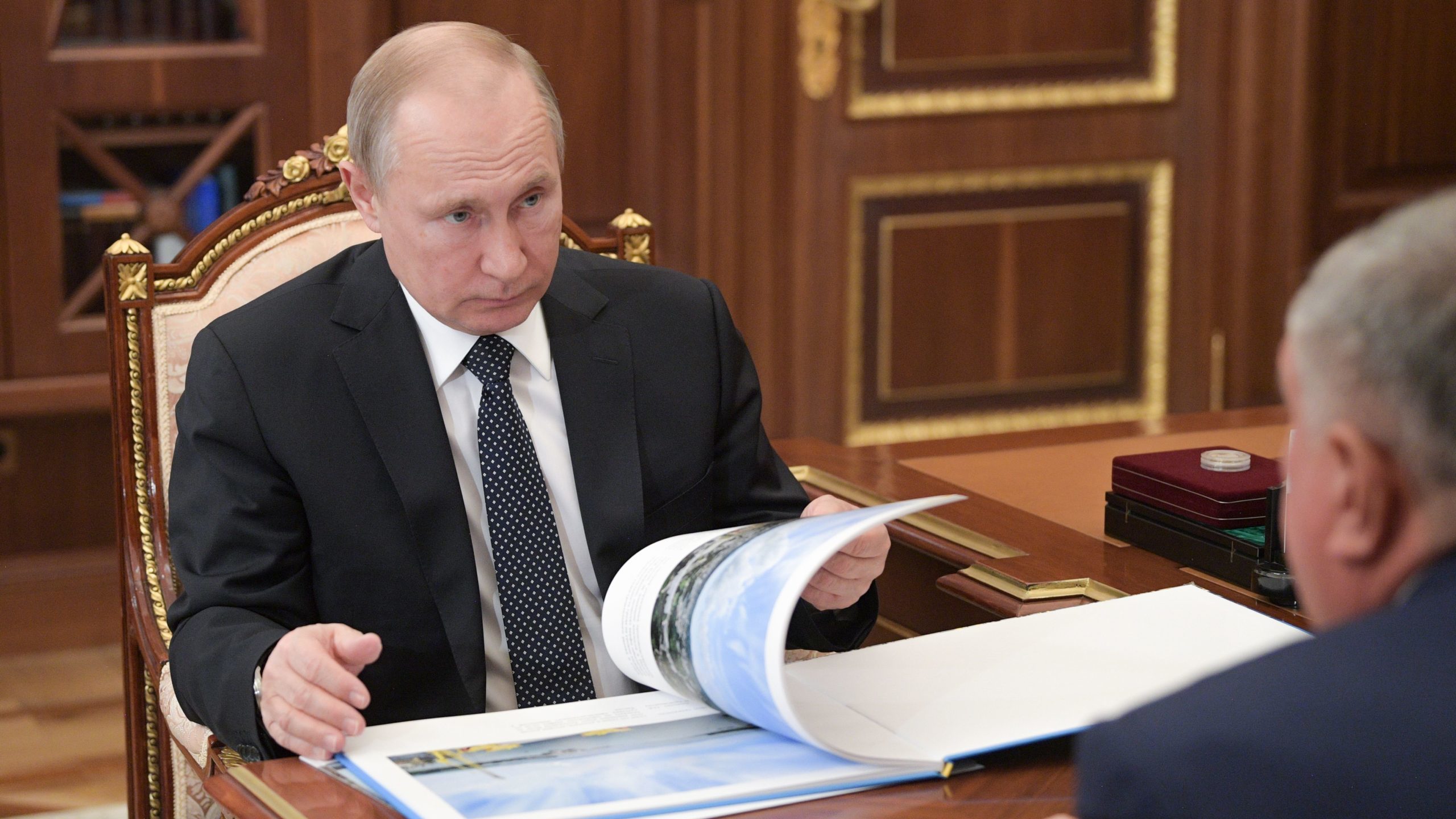As it continues to wage war on Ukraine, Russia is strengthening its hold on global energy markets with one of the biggest oil and gas projects the world has ever seen.
State-owned Rosneft says the US$170 billion Vostok oil project will create a “new oil and gas province,” employing 400,000 workers, creating 15 new “industry towns” and building 800 kilometers of new pipelines.
Rosneft spent a massive US$2.8 billion on the project in 2021 after giving it the go ahead in late 2020, according to the company’s latest public financial results.
Vostok is expected to export about 600,000 barrels of oil per day by 2024 along the Northern Sea Route that connects Europe to Asia. This will rise to two million barrels per day when the second phase is completed.
To put that in context, Canada’s entire oil sands industry produces about 3 million barrels per day, and has less than 400,000 barrels per day of direct access to global markets outside the United States.

World oil demand has rebounded sharply from pandemic lockdowns and is expected to stay strong through 2050, even as more renewable energy sources come online.
The International Energy Agency (IEA) projects that world oil demand will rise to 103 million barrels per day in 2030, from 96.6 million barrels per day in 2019. In 2050, the world will still consume 103 million barrels per day, according to the IEA’s latest outlook.
Despite having the world’s third-largest oil reserves and being recognized as a global leader in environmentally and socially responsible production, Canada has limited ability to export oil to hungry markets in Asia and Europe.
The Trans Mountain Expansion being built to the B.C. coast is a step in the right direction to help reduce global reliance on Russia for oil supply. The project, which will add nearly 600,000 barrels per day to Canada’s global oil export capacity, is now expected to be complete in 2023.
But that leaves behind millions of barrels per day of opportunity in Canada’s oil sands that is handcuffed by investor uncertainty from federal government policies that discourage oil development.
In Alberta, oil sands producers have regulatory approval to build at least 2.6 million barrels per day of new production capacity. But it’s not happening. Companies continue to spend less in Canada compared to other places around the world.
In 2014, Canada was “viewed as a top tier international investment jurisdiction for resource development” and attracted more than 10 per cent of total global spending on oil and gas production, according to the Canadian Association of Petroleum Producers (CAPP).
In 2022, that is expected to drop to about 6 per cent, representing over $21 billion in lost investment.
As the world watches the consequences of ceding resource control to a hostile nation, policy makers in Canada and around the world should look to Canada to increase oil and gas exports.
Canada is the solution to meet growing demand reliably, safely and responsibly, avoiding situations where energy can and will be weaponized.
The unaltered reproduction of this content is free of charge with attribution to Canadian Energy Centre Ltd.
